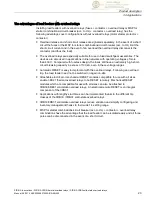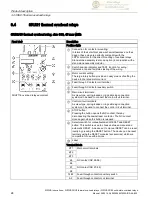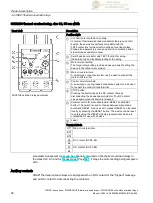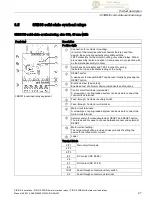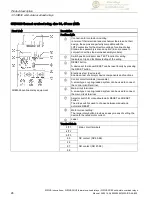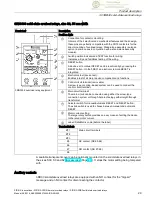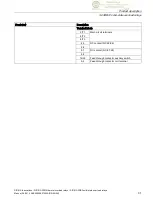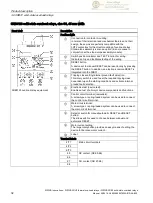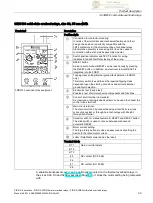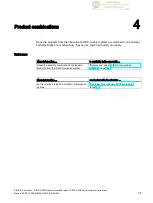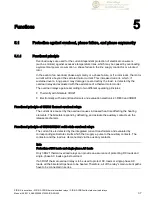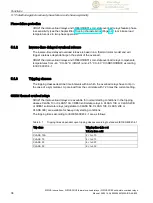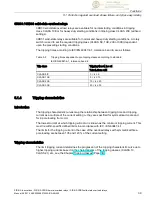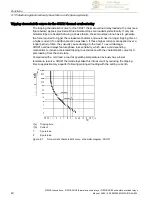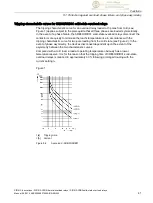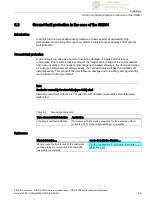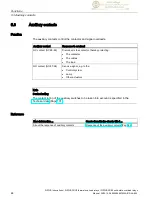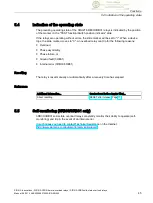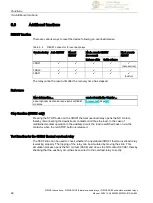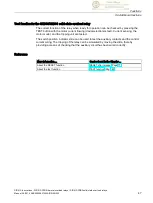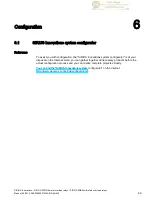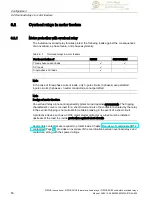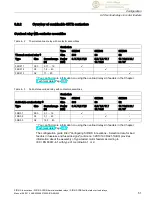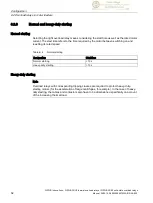
SIRIUS Innovations - SIRIUS 3RU2 thermal overload relays / SIRIUS 3RB3 solid-state overload relays
Manual, 09/2014, A5E03656507420A/RS-AA/002
37
Functions
5
5.1
Protection against overload, phase failure, and phase asymmetry
5.1.1
Functional principle
Overload relays are used for the current-dependent protection of electrical consumers
(such as motors) against excessive temperature rises, which may be caused by overloading,
asymmetrical power consumption, a phase failure in the line supply conductor or a locked
rotor.
In the event of an overload, phase asymmetry or a phase failure, or if a rotor locks, the motor
current will rise beyond the set rated motor current. This increased current - which, if
sustained over a long period, may damage or even destroy the load - is detected by the
overload relay and evaluated with the assistance of a thermal motor model.
The overload relays operate according to two different operating principles:
●
Thermally with bimetals: 3RU21
●
Electronically with current transformers and evaluation electronics: 3RB30 and 3RB31
Functional principle of 3RU21 thermal overload relays
The current rise caused by the overload causes increased heat rise affecting the heating
elements. The bimetals respond by deflecting, and actuate the auxiliary contacts via the
release mechanism.
Functional principle of 3RB30/3RB31 solid-state overload relays
The current rise is detected by the integrated current transformers and evaluated by
corresponding solid-state circuits which then supply a pulse to the auxiliary contacts. The
contactor and the load are disconnected via the auxiliary contacts.
Note
Protection of DC loads and single-phase AC loads
Only 3RU21 thermal overload relays can provide an assurance of protecting DC loads and
single-phase AC loads against overload.
If a 3RU21 thermal overload relay is to be used to protect DC loads or single-phase AC
loads, all the bimetal strips have to be heated. Therefore, all of the relay's main current paths
have to be connected in series.

